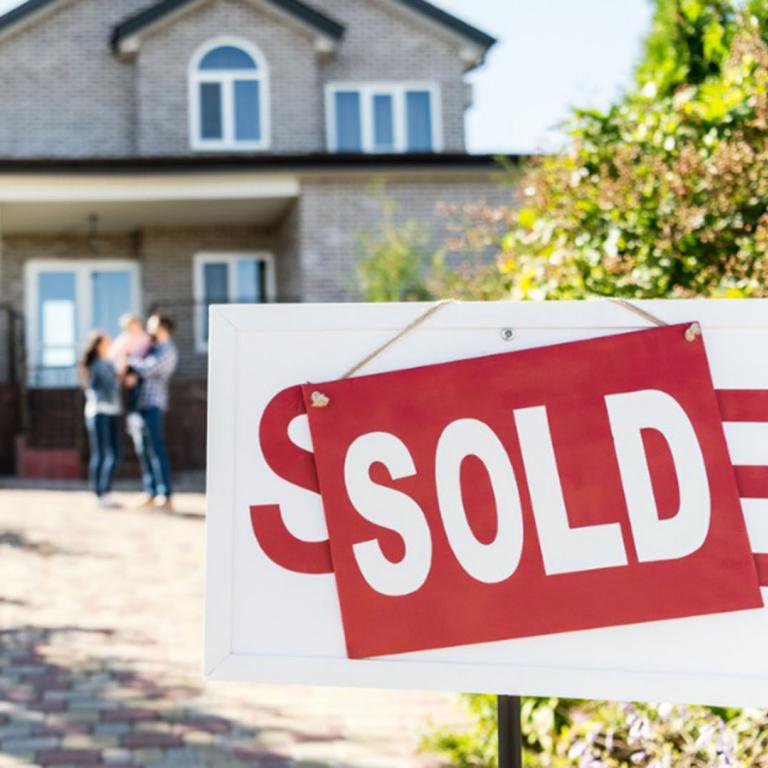

Use This Rule To Decide Whether A Property Is Worth Flipping | M…
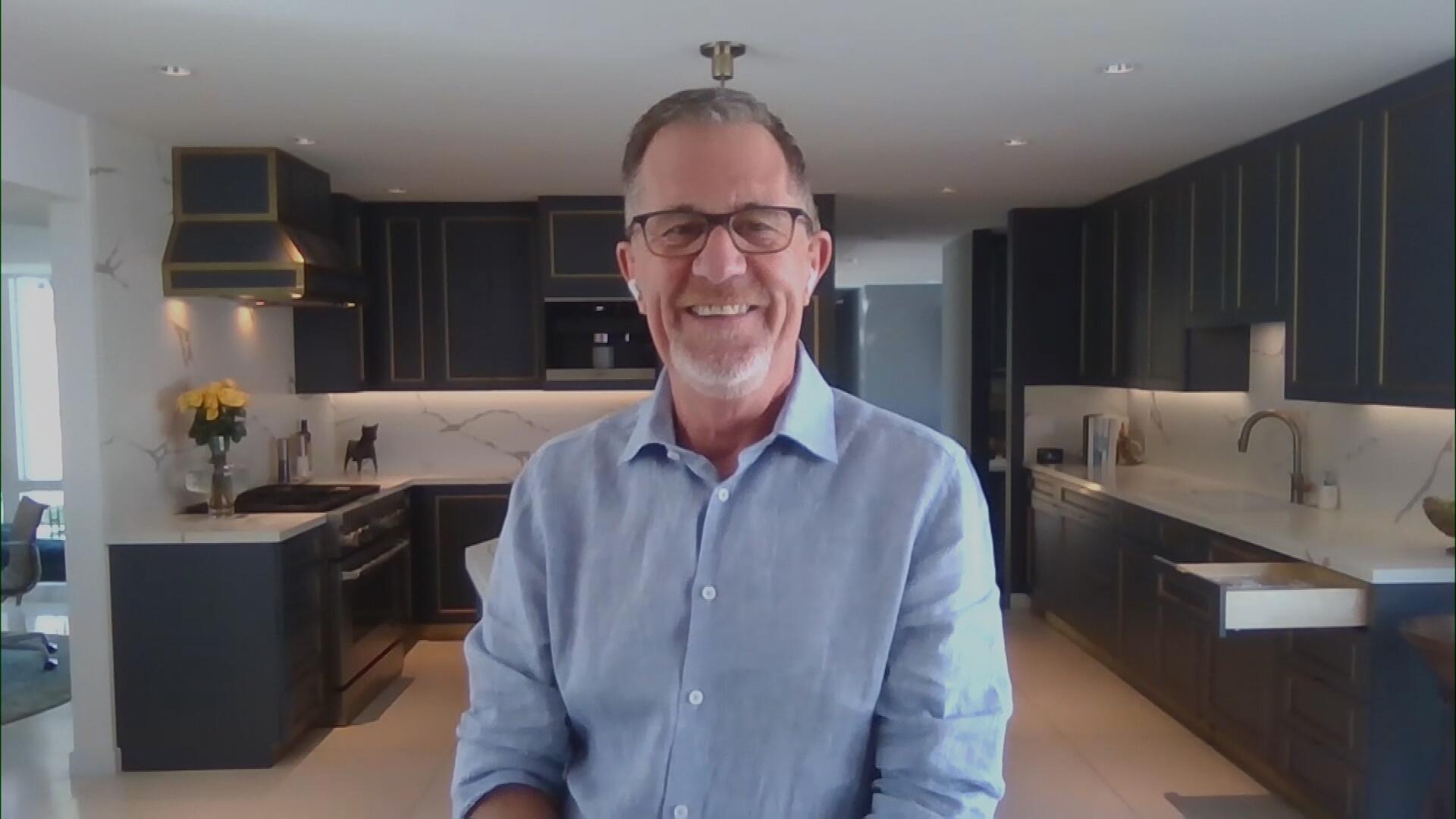
Q&A with Organizational Pro Peter Walsh + Dermatologist Shares A…
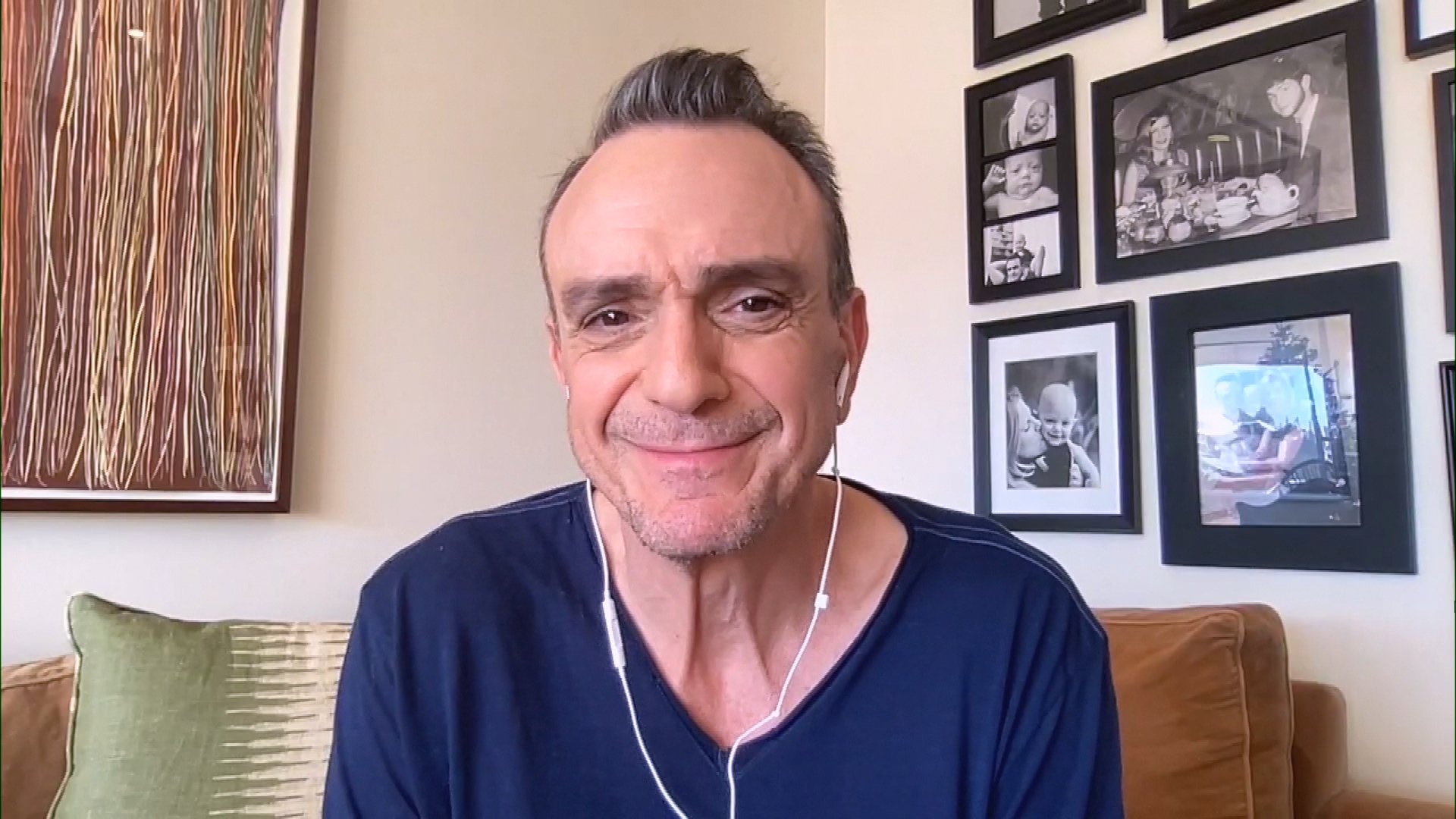
Actor Hank Azaria + Freezer Meals + Artichokes 2 Ways with Rach

See Inside Barbara Corcoran's Stunning NY Apartment + It's Steak…

How to Make Chicken and Lobster Piccata | Richard Blais
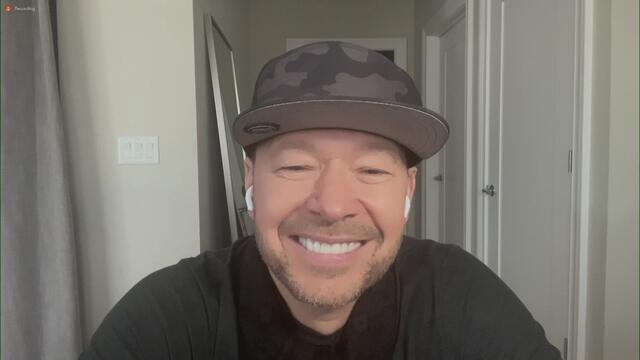
Donnie Wahlberg Spills Details About NKOTB's First Ever Conventi…
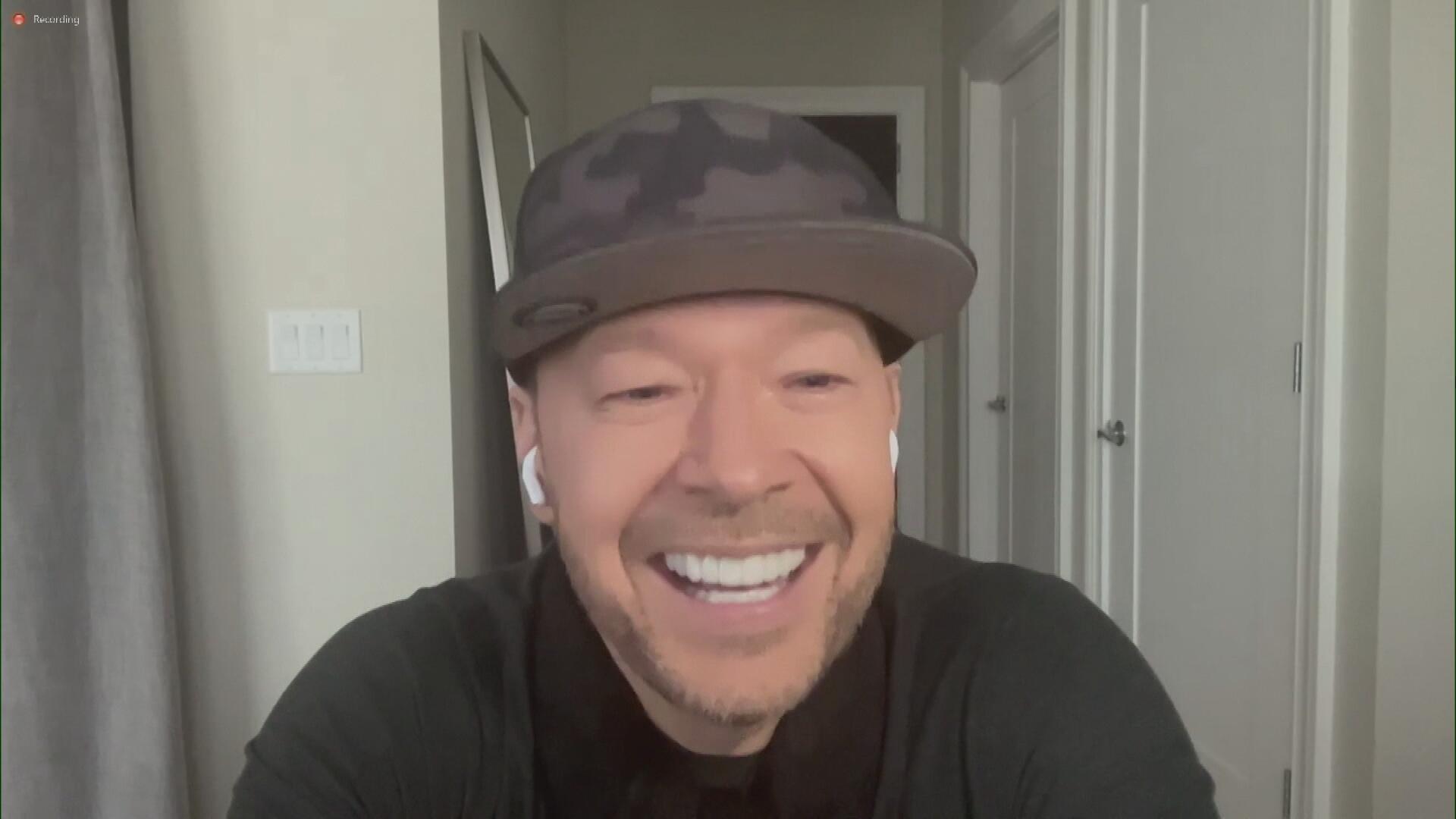
Donnie Wahlberg + Jenny McCarthy Say Rach Is Such a "Joy" + Look…

The Best Moments From 17 Seasons of the Show Will Make You Laugh…

How to Make Crabby Carbonara | Rachael Ray
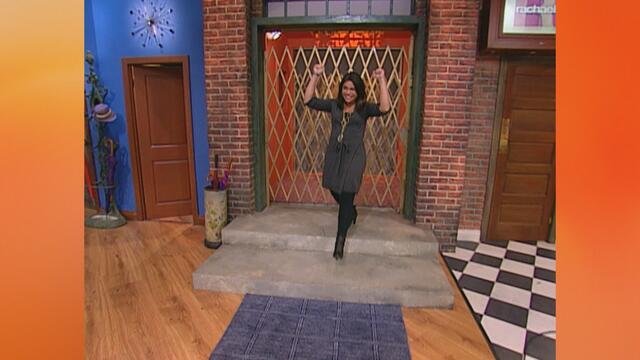
Rach Chats "Firsts" In Flashback From Our First Episode Ever In …

How to Make Apple-Cider Braised Pork Chop Sandwiches with Onion …

Rach's Chef Pals Say Goodbye to Show in Surprise Video Message

How to Make Sesame Cookies | Buddy Valastro

How to Make Tortilla with Potatoes, Piquillo Peppers and Mancheg…

How to Make Shrimp Burgers | Jacques Pepin

How to Make Spanakopipasta | Rachael Ray

Andrew McCarthy Chokes Up Discussing Emotional Trip to Spain wit…

Celebrity Guests Send Farewell Messages After 17 Seasons of the …

Celebrity Guests Send Farewell Messages After 17 Seasons of the …

Andrew McCarthy Teases Upcoming "Brat Pack" Reunion Special

Michelle Obama Toasts Rach's 17 Years on the Air With a Heartfel…
"Million Dollar Listing" star and author of Sell It Like Serhant, Ryan Serhant, has shared his tips on how to sell your home fast, schooled us on what to look for when buying a flipped house and more. Now, the real estate expert is covering what you need to know if you're thinking of trying to flip a house for a profit.
"What I tell everybody who's looking to flip homes is, you want to put yourself in the mind of the purchaser," Ryan says. And before you even pay attention to the house itself, take a step back, he advises.
"I've got a lot of clients who see great teardowns, these amazing fixer-uppers, and they say, 'Oh that's a great deal. I can fix it up and make all this money.' But they forget about what buyers are looking for," Ryan says.
So, what should you be focusing on first?
Location, location, location.
Before a buyer goes online to find properties or attends open houses to view potential homes, they have to have a location in mind. So when you're looking to purchase and flip a home, you should do the same kind of research that a potential buyer will do.
Look at the location, Ryan says, then focus on what might be important to someone who's considering moving there.
If there's a school nearby, is it a good school district? Is the area urban, where owning a car is a luxury? If so, consider how close the property is to public transportation. If it's a neighborhood without easy access to public transportation, does the street have ample parking? Better yet, does the home have a driveway or a garage? Is the garage covered or open?
These are the kinds of questions to consider before you commit to rehabbing a house.
Follow the 70% rule.
Once you're confident in a property's location, Ryan suggests using the 70% rule to help you, the investor, decide whether or not investing in this home will be worth it.
The after-repair value, or ARV, is what a home is worth after it is fully repaired, he explains. The 70% rule states that an investor should pay no more than 70% of the ARV of a property minus the repairs needed.
Here's an example: If a home's ARV is $150,000 and it needs $25,000 in repairs, then the 70% rule means that an investor should pay no more than $80,000 for the home that they're going to flip.
$150,000 x 0.70 = $105,000 – $25,000 = $80,000
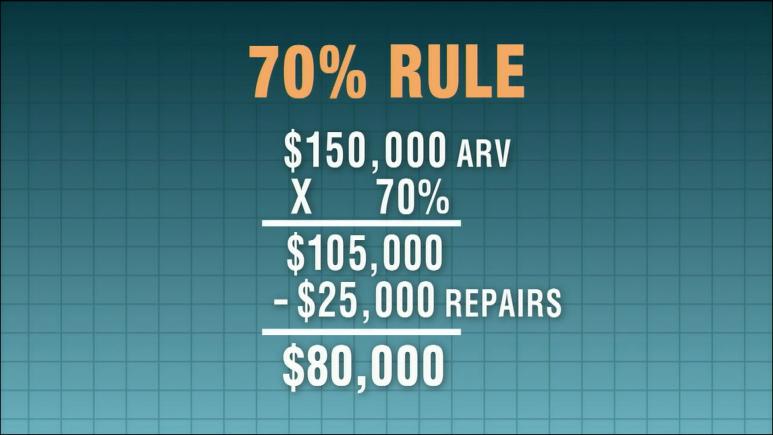
Good to know!




